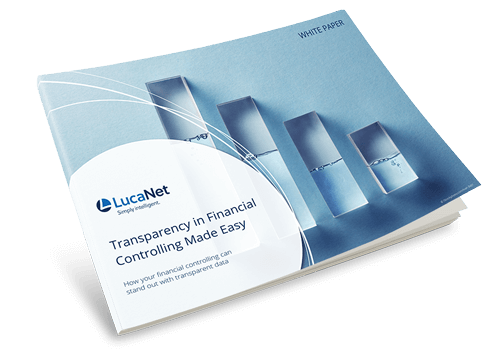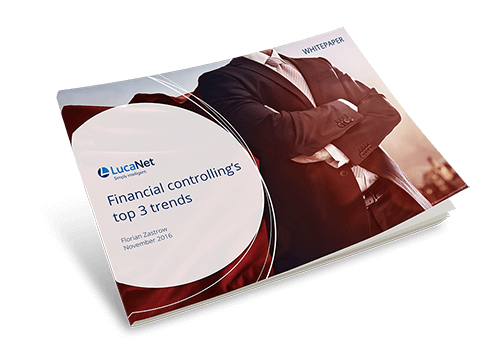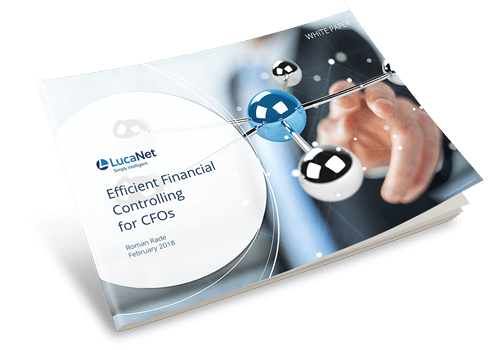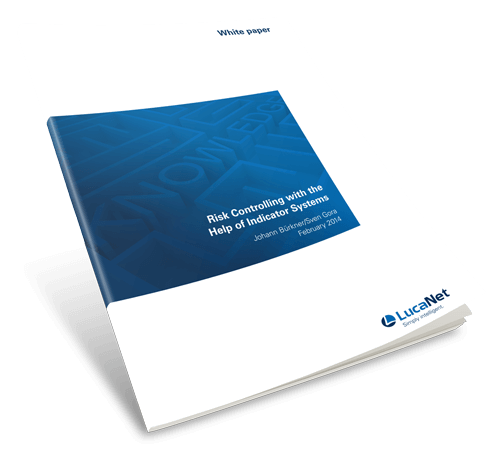Transparency in Financial Controlling Made Easy

Globalisation and, first and foremost, digitalisation caused an exponential increase in the volume of data together with a continuously growing need for real-time data to reliably map the overall situation of the company on the basis of data that is always up to date. It has become clear that MS Excel is inadequate for mapping and analysing planning, controlling and reporting data.
Financial controllers have morphed into the role of the business partner to the company's management, then that of the change manager and in recent time also had to assume the role of the data scientist. However, these roles also have the effect of concentrating too much knowledge in a single person or a small group within the company. From the company’s perspective, a small group of individuals gains too much control by way of their amassed knowledge. This can potentially not only result in misuse of information, but also in knowledge being lost when the persons holding it leave the company. From the controller's perspective, these new and additional requirements lead to an overburdening of the person holding responsibility. The more tasks are assigned to the financial controller, the less time he has to employ the same level of diligence for every single task and responsibility. Transparency is lost on both sides.
Contents of this white paper
- The challenges
- The lack of transparency in the role of the financial controller
- Data sources and data lineage and their lack of transparency
- The lack of clearly defined processes
- Flood of reports without meaning
- The solution: The right software to deliver transparent data



